- Get link
- X
- Other Apps
In a series of companion pages we provide details about the properties of various fiber cement siding products from the major manufacturers how to identify fiber cement siding how to install fiber cement siding including guidelines for gaps clearances. Staple building paper to the sheathing Mark stud locations at the top and bottom of the wall.
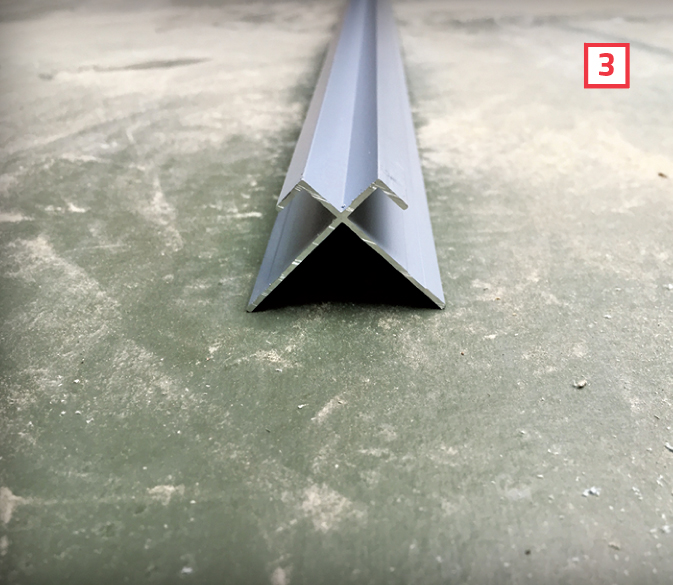 How To Install Fiber Cement Panels Pro Remodeler
How To Install Fiber Cement Panels Pro Remodeler
Adding another layer onto the original siding might cover up existing issues some of which can be serious like previous water infiltration or foundation problems.

How to install fiber cement siding panels. Be sure the flashing overlaps the siding course below. Fiber cement siding should be installed over plywood OSB or sheathing. Position your first course of siding ¼-inch below the starter strip and nail the siding into the studs 1-inch down from the top of the siding.
When sheathing is the preferred surface that will receive the fiber cement siding or any other fragile substrate be sure to pre-drill the holes at corners to prevent accidental damages. Apply caulk to the joint before and after installing the siding. Think about what the layout will look like on the building.
Fiber cement siding should be at least 6 above the grade level of the house. Fit and slide paper behind the window trim. A 4-by-8 panel weighs nearly 75 lbs.
Otherwise it might shrink at butt joints. Hardboard panels are often the least expensive option but they are easily damaged and soak up moisture like a proverbial sponge if not kept well covered with paint at. This article discusses the selection and best-practices installation of fiber cement building siding products.
Hanging the panels is a little like setting tile -- but on a much bigger scale. Aim to avoid having small. Do not overdrive the nails.
Be sure that the siding installed is dry. Fiber cement siding should be installed 6 or more above the grade level of the house with a 1 2 gap between horizontal surfaces like decks steps or adjacent roofs. Learn how to install fiber cement siding from Tim Larson the Product Application Specialist of Allura USA.
Flash above doors and windows leaving a ¼ gap between the flashing and siding. If hand-nailing fiber-cement siding use hot-dipped galvanized nails and drive the nails into the wall studs. Consider panel installation a two-person job.
Then you would install your fiber cement corner and window trim. Use galvanized siding nails and make sure that the nails penetrate a minimum of 1-14-inches into the framing. Cement-fiber panels are somewhat more water-repellent than plywood but should be installed with the same care as plywood.
The panels are heavy. Bob confers with contractor Arnold Johnson from Crosswinds Enterprises as he adds siding to the accessible home. Measure up 025 in 064 cm from where you want the bottom of the fiber cement siding to be then snap a level horizontal chalk line.
Masonry-finish fiber cement comes in panels that are 56 or 58 inch thick and in varying sizes from 18 inches by 6 feet to 4 by 12 feet. Fiber cement siding home. Staple building paper to the wall sheathing lapping top pieces over bottom pieces by at least 2 in.
Install fiber cement using a few special techniques Photo 1. Install flashing at all end joints where two pieces of siding butt together. The 4-foot-wide panels are factory-painted and mounted to a system of aluminum tracks fastened to the wall.
Sizes Photo by Mark Atkinson Otto Design. Tim teaches you how to properly prepare and insta. When installing fiber-cement siding always leave a gap at the ends of each length of siding.
Before you install fiber cement siding panels review these four tips. Leave a small gap at butt joints and fill with caulk. Smooth fiber-cement panels edged with trim are a low-cost alternative to stucco.
If youre working alone you can use overlap gauges to help support the siding while you nail it. Nail strips of wood lath where the lowest siding course will hang. Attach a horizontal strip of wood lath thats 025 in 064 cm thick and 125 in 32 cm wide directly above the chalk line.
Because foam compresses before installing the siding we used a string line to ensure the furring strips were in plane 2. This was especially important with the large fiber-cement panels which are less flexible than lap siding. There should also be a 1-2 gap between horizontal surfaces like steps decks or adjacent roofs.
Some fiber cement panels act as a rain-screen system so when retrofitting fiber cement onto wood or any other material the substrate should be in great shape prior to installation.
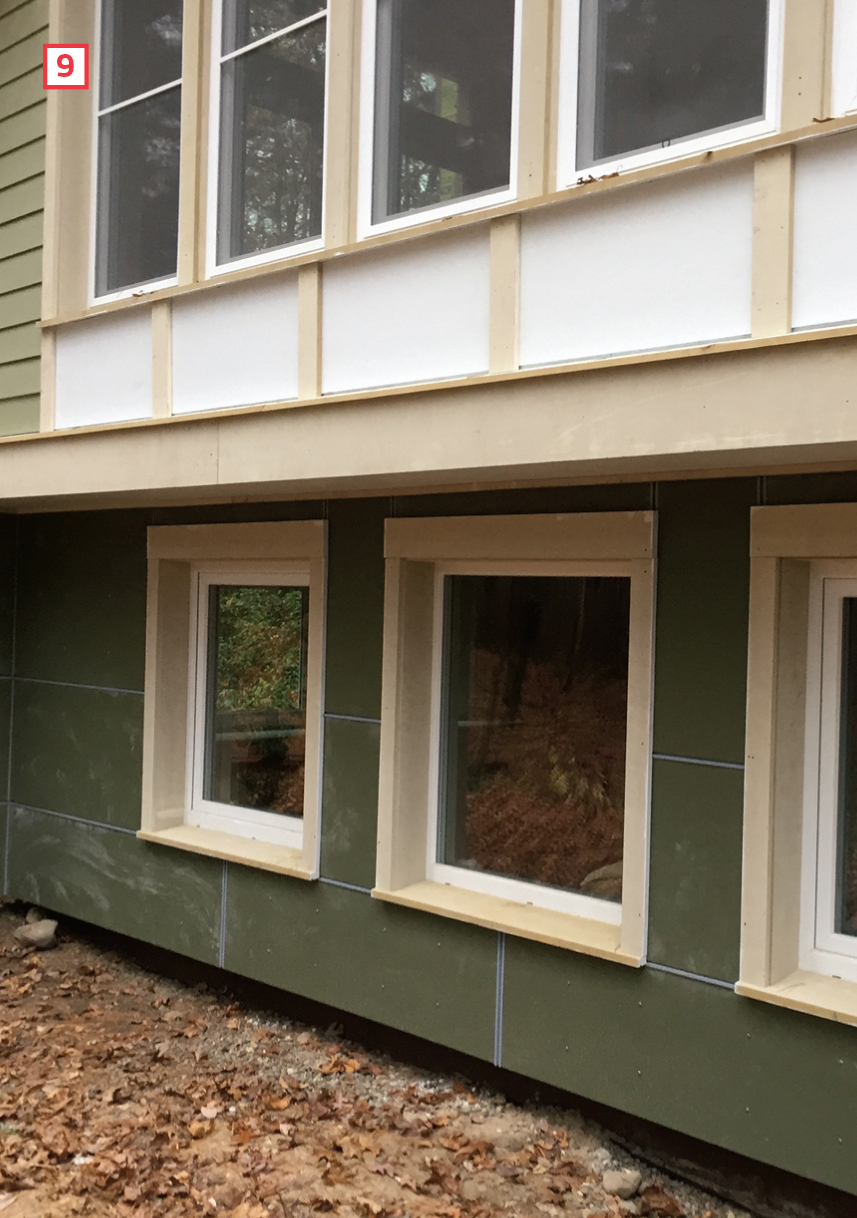 How To Install Fiber Cement Panels Pro Remodeler
How To Install Fiber Cement Panels Pro Remodeler
 70 Fiber Cement Siding Ideas Fiber Cement Siding Fiber Cement Cement Siding
70 Fiber Cement Siding Ideas Fiber Cement Siding Fiber Cement Cement Siding
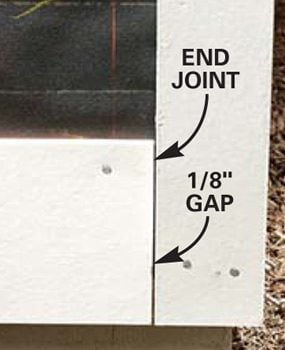
 How To Install Fiber Cement Siding This Old House Youtube
How To Install Fiber Cement Siding This Old House Youtube

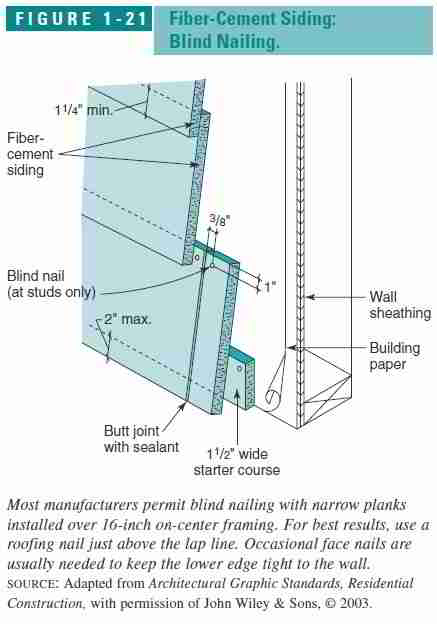 Fiber Cement Siding Defects How To Troubleshoot Fiber Cement Siding Problems Peeling Breaks Loose Buckled Gaps Butt Joint Openings Caulking Issues Paint Failures
Fiber Cement Siding Defects How To Troubleshoot Fiber Cement Siding Problems Peeling Breaks Loose Buckled Gaps Butt Joint Openings Caulking Issues Paint Failures
 Certainteed Fiber Cement Siding Glenbrook U Youtube
Certainteed Fiber Cement Siding Glenbrook U Youtube
Go Finex Multipurpose Fiber Cement Panels Lifetime Warranty
 How To Install Fiber Cement Siding Allura Usa Youtube
How To Install Fiber Cement Siding Allura Usa Youtube
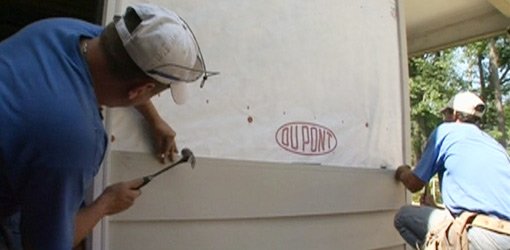 How To Install Fiber Cement Siding Today S Homeowner
How To Install Fiber Cement Siding Today S Homeowner
 Tips For Working With Fiber Cement Panels Vinylsidingzone Com
Tips For Working With Fiber Cement Panels Vinylsidingzone Com
 How To Install Fiber Cement Panels Pro Remodeler
How To Install Fiber Cement Panels Pro Remodeler
 Fibercement Panel Siding Installation Youtube
Fibercement Panel Siding Installation Youtube
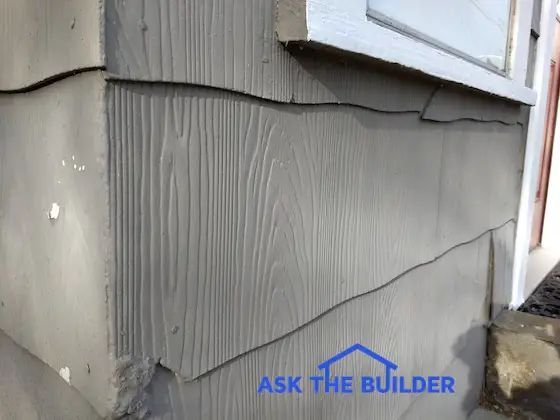
Comments
Post a Comment